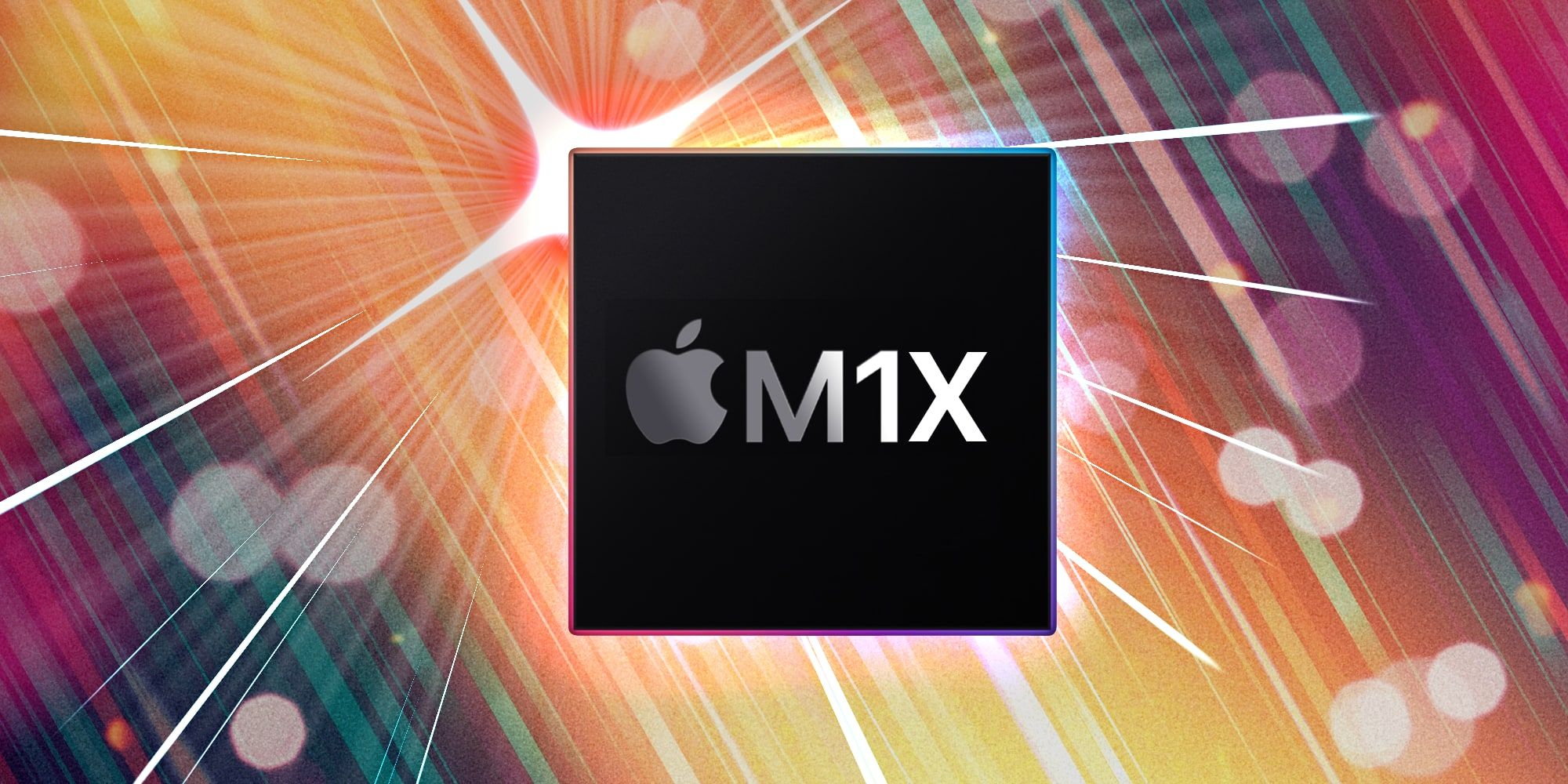
The next Apple Silicon Mac coming in 2021 will be an iMac and another MacBook Pro, with the chip inside a more powerful version of the M1, according to a new report. This makes sense as this will represent the next performance level for Apple to target after handling three low-power Mac computers very well. Since an Apple M1 13-inch MacBook Pro was released in November 2020, this would likely be a larger size to replace the current 16-inch MacBook Pro which currently still uses an Intel CPU.
Apple announced at the 2020 Worldwide Developers Conference, in June, that it planned to transition its full Mac computer lineup to Apple Silicon within two years. The first computers to be launched with Apple Silicon were the Mac mini, the 13-inch MacBook Air and the 13-inch MacBook Pro. These new computers share the same processor, the M1, which integrates CPU, GPU, neural processor and more on a single wafer of silicon. Apple’s new computers powered by the M1 not only matched the Intel-based models that were replaced, but surpassed them with up to three-times the speed, six-times the graphics performance, and double the battery life.
A recent report about 2021 Apple Silicon Mac computers suggests a big increase in performance may be coming. The first two expected are an iMac and another MacBook Pro. These would not use the M1 chip that was Apple’s first laptop-class processor, but rather a related design with more cores to increase performance even more. The report by Bloomberg shared some details of these and even 2022 Apple computers to come, indicating the source had knowledge of the subject, but preferred to remain anonymous. The 2021 models are expected to feature CPUs with up to 16 high-performance cores and four efficiency cores. Compared to the current M1 chip, that's double the number of fast cores with the same for low-power cores. Coming later in 2021, Bloomberg states that Apple may release a more powerful desktop computer, which suggests the iMac Pro or Mac Pro. These are said to feature as many as 32 high-performance cores.

Simply adding more cores does not guarantee an equivalent increase in speed. While Apple may quadruple the number of performance cores found in the M1 when designing a chip for the Mac Pro, this likely won’t result in four times the speed of the M1 chip by itself. However, given the enhanced ability to take advantage of chip-level parallelism in Apple’s RISC chip design, these cores may be utilized more effectively and should see a big increase in speed for heavy processing tasks. It’s important to note that Apple tends to improve the performance of each new chip it designs with refinements, not simply core increases. The same report indicates that Apple is increasing to 16 and 32-cores for the MacBook Pro and iMac computers coming in 2021 and that even stronger GPUs may come later in 2021 or perhaps 2022.
The graphic processor that is included in Apple Silicon is already quite powerful when compared to Intel’s integrated graphics, but the M1 cannot compete with dedicated GPUs, such as those found in the 16-inch MacBook Pro, higher-priced iMac, iMac Pro and Mac Pro computers. That is to be expected since these are much more expensive computers. Since Apple is replacing the Intel chip in all of these, there is a chance it may consider replacing the AMD GPUs currently in use as well. The top graphics chip design that is said to be worked on may have 64 to 128-cores. Higher core count is even more significant for GPUs than CPUs since graphics are the perfect task for parallel processing. The same process is done for every pixel so, in this case, more cores equal more pixels processed simultaneously. Essentially, future Mac computers will be even more powerful than Apple's first-generation M1 models, both in terms of speed and graphics performance.
Source: Bloomberg
from ScreenRant - Feed https://ift.tt/2VQkvCG

0 Comments